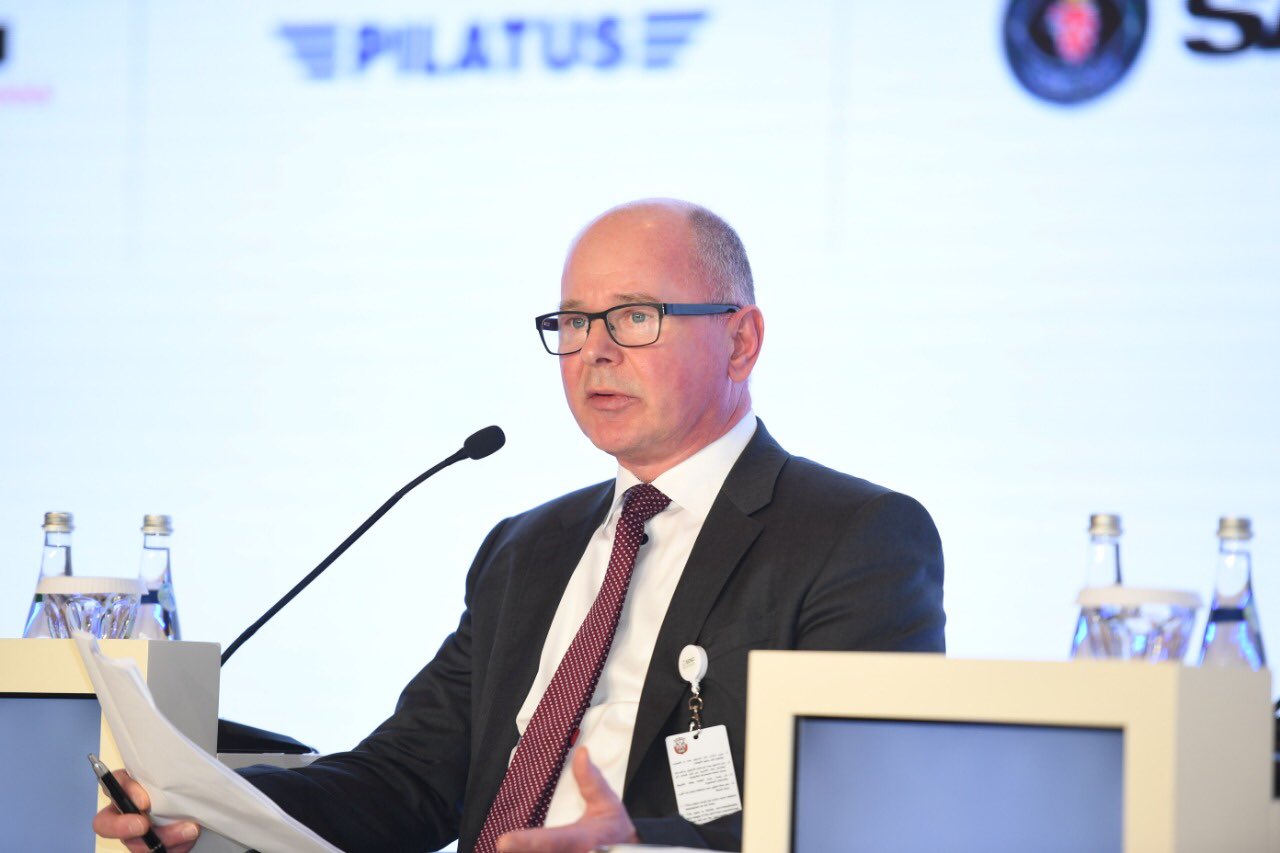The President and CEO of Swedish aerospace and defense company Saab, Micael Johansson, has expressed “extreme frustration” at the lack of export success of the company’s Gripen fighter jet.
Johansson was speaking to reporters at Saab’s headquarters in Stockholm, Sweden, on August 26, during which he said that the signal-engine ‘Euro-canard’ has been struggling to meet the export expectations set out by his predecessors for the multirole fighter, noting that this was not a reflection on the quality of the aircraft but was instead because of political reasons.
“It is extremely frustrating, to say the least, and I can say that it is not about the [Gripen] product that we have developed and manufactured. If it had been a completely level playing field in terms of not talking about security, politics, and other areas, then I think we would have been much better off [in terms of securing sales],” Johansson said.
String Of Failures For Saab
Johansson’s remarks came against the backdrop of repeated failure of its latest Gripen E/F range fighter jet in international sales campaigns against the American-made fifth-generation F-35 aircraft.

The latest instance of Gripen’s failure was in July when the Czech Republic opted to buy 24 F-35 fighter jets, turning down the Gripen E offered by Sweden, even though the Czech military already operates 14 Gripen C/D jets acquired from Sweden on a lease that is due to end in 2027.
Currently, the primary task for the Czech Gripen fleet is air defense but the Czech Republic’s growing insecurity, particularly after the Russian invasion of Ukraine, calls for a more capable fighter.
Although Saab’s pitch was more cost-effective, Czech politicians and military leaders were already leaning towards the American stealth fighter jet.
“Our decision to select this option is based on the analysis by the Czech Armed Forces, which clearly articulates that only the most advanced 5th-generation fighters will be able to meet mission requirements in future battlefields,” Jana Černochová, the Czech Defense Minister, said.
Before the Czech Republic, Canada and Finland opted for the F-35 over Saab Gripen.
Even in the case of Canada, Saab Gripen could have been a more cost-effective option, and Saab’s proposal promised more local manufacturing. However, Canada has a history of flying US-made fighters for over a half-century, so the decision to go with Saab Gripen would have marked a considerable shift in Ottawa’s policy.
Even the two other European manufacturers, Airbus and Dassault, who had offered the Eurofighter and Rafale, respectively, for the Royal Canadian Air Force’s contract, pulled out of the contest even before it began, claiming that the Canadian government’s conditions had tipped the competition in favor of their American competitors.
“In many countries, the leverage of the US is tremendous. They are not so easy to work against [in the market], and it is politics,” Johansson told the reporters.
He had expressed similar disappointment during a full-year results briefing in February, shortly after Finland also chose the US-made F-35 over the Gripen E to replace its existing fleet of aging F/A-18 fighter jets.
“I am disappointed when it comes to the selection by Finland to go the US way,” Johansson said during the briefing. “We had a great offer to Finland in all aspects. I don’t see how we could have done it better.”
Saab had offered Finland a package deal that included two Gripen-E jets and two Bombardier Global 6000-based GlobalEye surveillance planes. However, the Finnish government decided to buy 64 F-35 fighter jets and weapons systems in a $9.4 billion contract.
Gripen Not Successful In Export Market
The Gripen E/F fighter jets have not seen success since the last contract they secured with the Brazilian Air Force in 2014 after a tough competition that included the Dassault Rafale, Boeing’s F/A-18 Super Hornet, and the Eurofighter Typhoon.
The reason Gripen was able to win the Brazilian contract was because of the country’s long-established practice of acquiring aircraft having low operational and lifetime costs. Saab had offered the Gripen at almost half the price of either the Dassault’s Rafale or Boeing’s F/A-18.
Moreover, Saab had reportedly offered a more significant level of technology transfer for the fighter than Dassault and Boeing, which was an even more critical factor that helped it clinch the deal.
Brazil had insisted on technology transfers so that the planes could be assembled locally and give a boost to the domestic defense industry and therefore, how much of the fighters’ technology the bidder is able and willing to share and how much of it will be built within its borders was a decisive factor in awarding the contract.
The F-35 certainly has a technological advantage over the Gripen, which must have factored in the decision of the countries which opted to go with the American stealth fighter.
Gripen’s advantages include low operational and lifetime costs, ease of maintenance, and high availability rates. The Swedish fighter has a third of the lifetime costs of an F-35. Also, Saab is more accessible than most manufacturers in offering technology transfers.
- Contact the author at tanmaykadam700@gmail.com
- Follow EurAsian Times on Google News